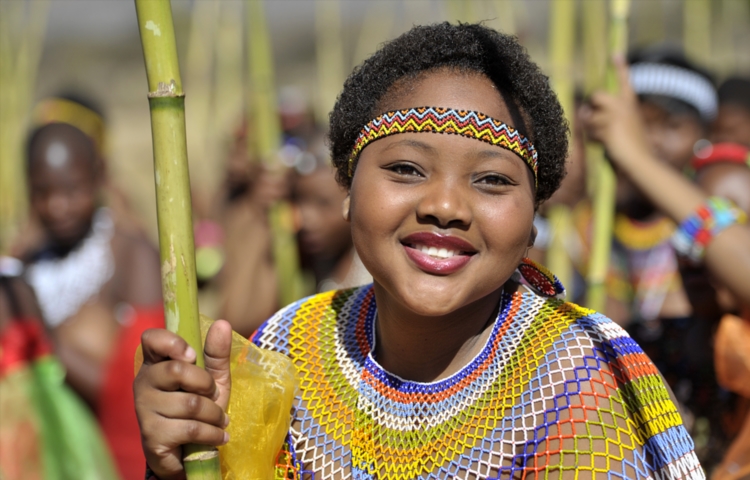I love beads. The colors, the shapes, the materials they’re made with. The variety is infinite. They tell a story, show a social distinction, and are sometimes just simply decoration. Many African cultures make and utilize beads in different ways, like they do in Eswatini. Beads are used in both jewelry making (like in the colorful ligcebesha) but in used in their clothing (like a type of ceremonial skirt called an indlamu) and in their hair.
Weaving arts are also a thing as well. Many of their woven goods are made from different kinds of dried grasses and generally have some kind of utilitarian function: brooms, baskets, and mats (like the emacansi or tihlantsi).
Pottery is also pretty popular. Most of these pots are made from clay (called tindziwo) and mainly used for storing water, cooking and food storage, and making beer. There is a strong handicrafts industry for the people who make clay pots as well as the jewelry makers, woodworkers, glassblowers, weavers, and others. And many of these workers are women, allowing slightly more economic stability for many families.
Literature from Eswatini is generally written in either English or in Swazi. However, works in either language is somewhat limited. For a long time, the only books that were available about the country were written by Brits who have been there. And that creates a cyclic downfall of not having very many people study their literature because there aren’t that many examples. There are obviously some novels, short stories, and poems being published, but it’s rare that it hits any kind of international recognition, outside of authors living in diaspora and perhaps regionally.
Some critics point out that there is a difference in addressing certain cultural and social aspects with a critical voice in novel form that doesn’t quite pan out the same way as it does in short stories. One author who takes more of journalistic fiction form for telling women’s stories is Sarah Mkhonza. I read some excerpts of interviews with her on The Woyingi Blog. She never aimed at being political, but rather she interviewed women and encouraged women to write about their reactions to women characters and the scenarios they find them in, and many of their responses were many times based on personal experiences. She touches on topics of AIDS, women supporting themselves as independent beings, individuality, and domestic abuse. She’s most known for her 2008 novel Weeding the Flowers.
Other authors include Stanley Musa N Matsebula, whose 1989 novel Siyisike Yinye Nje (We Are in the Same Boat) brought the topic of gender inequality into the forefront of conversation. James Shadrack Mkhulunyelwa Matsebula is credited with encouraging other writers to use the Swazi language as the language for telling their stories.
Up next: music and dance













